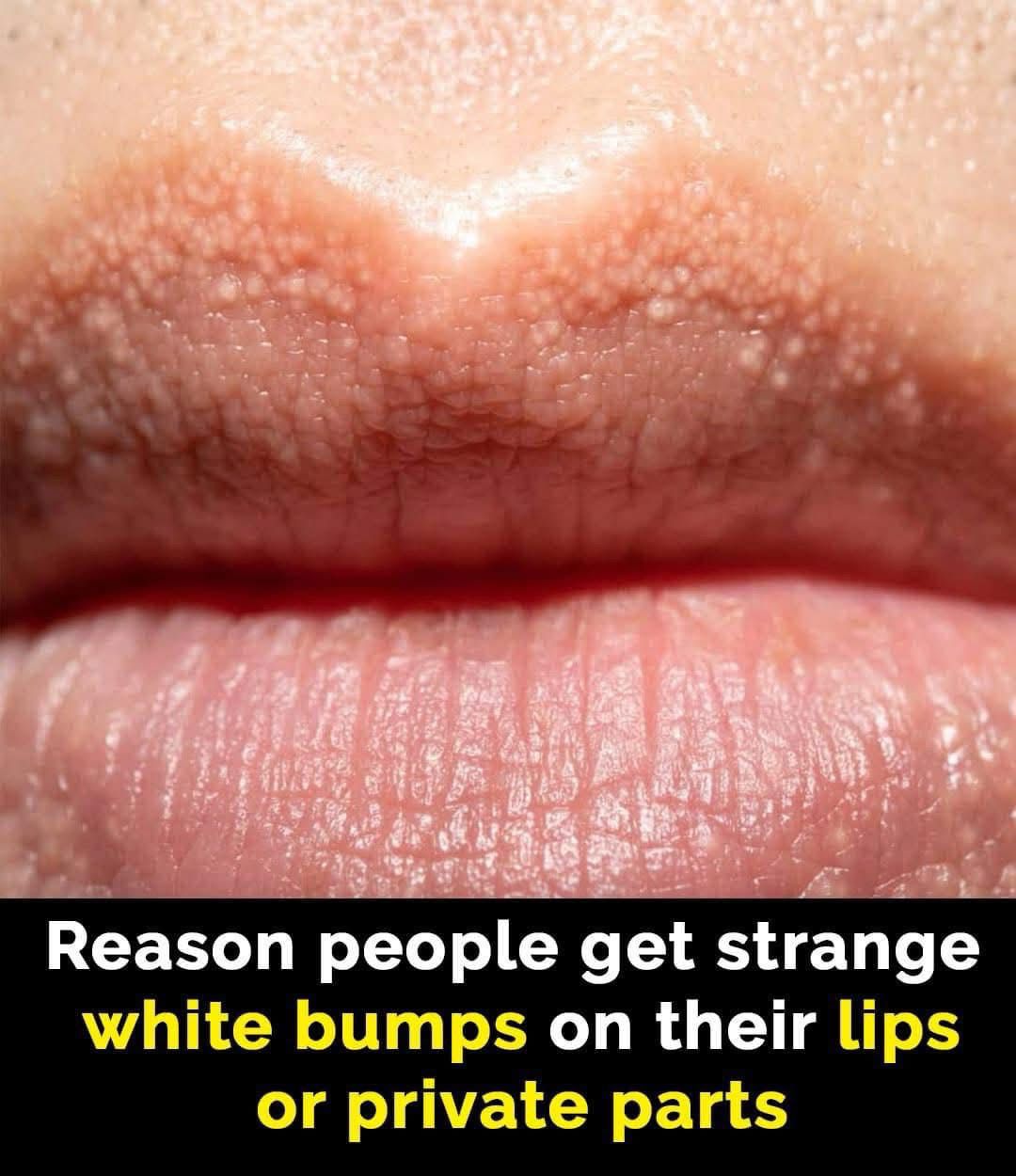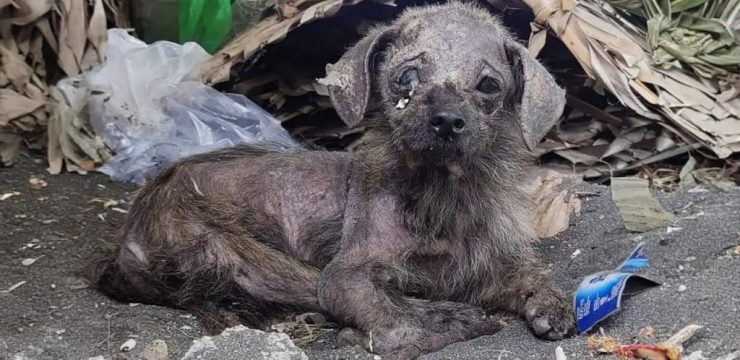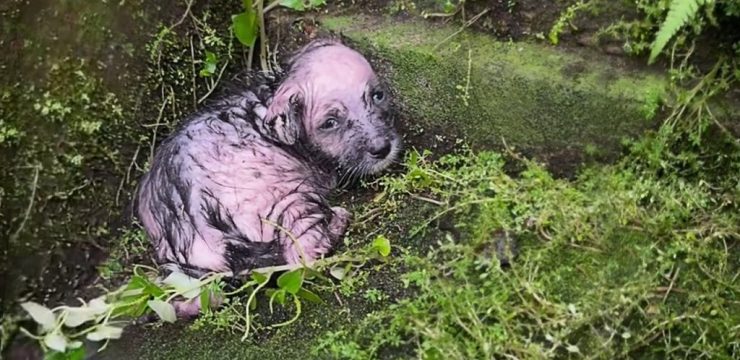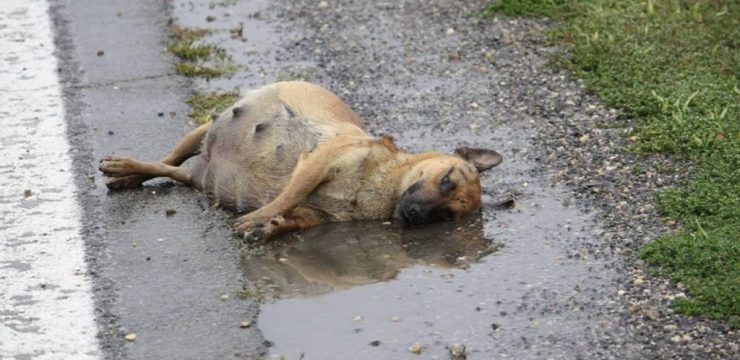Have you ever noticed small white or yellowish bumps on your lips or private areas and wondered what they were? You’re not alone. These tiny spots often cause confusion and worry, especially when they suddenly appear or become more noticeable. But here’s some reassuring news: those bumps are likely Fordyce spots, and they’re totally normal. They’re not dangerous, contagious, or a sign of poor hygiene. In fact, they’re simply a natural part of human anatomy that many people have, whether they realize it or not. Fordyce spots are common and benign, and knowing more about them can help eliminate unnecessary fear or embarrassment.

Let’s clear up the misconceptions first. Fordyce spots are not pimples, cold sores, herpes, or any kind of sexually transmitted disease. They aren’t caused by bacteria, viruses, or poor grooming. You can’t “catch” them, and you certainly haven’t done anything wrong to have them. These spots aren’t clogged pores or breakouts, either. And despite their location—which often makes people concerned—they are not dangerous. Dermatologists classify them as a normal variation of skin anatomy. They don’t itch, hurt, or ooze, and most people don’t even notice them until they’re specifically looking.
So, what exactly are Fordyce spots? They are simply oil glands—technically called sebaceous glands—that appear in areas of the body without hair. Typically, sebaceous glands live inside hair follicles, so they remain hidden. But in hairless areas, like the border of your lips, inside your cheeks, or on the genitals, these glands can be more visible and appear as small, pale bumps. They’re named after John Addison Fordyce, the dermatologist who first documented them back in 1896. Studies estimate that around 70 to 80 percent of adults have Fordyce spots, making them extremely common. You might not see them clearly unless you’re closely examining the skin, but they’re there, and they’re totally harmless.
You don’t develop Fordyce spots from something external—they’re not the result of poor hygiene, a bad diet, or exposure to a virus. Everyone is born with these sebaceous glands, and the visibility of Fordyce spots usually increases during puberty. This is due to hormonal changes, which can cause the glands to enlarge and push toward the skin’s surface. Genetics also play a role—if your parents had noticeable Fordyce spots, there’s a good chance you might, too. But again, there’s nothing wrong with having them. They’re just part of how your skin works.
Now, you might be wondering if Fordyce spots ever go away. The answer is: not really, but they can become less noticeable with time. As you age or your hormones fluctuate, these spots may shrink or fade. However, they rarely disappear completely. That said, they don’t typically change much or cause any physical issues. If you notice changes in color, shape, or feel discomfort, it’s a good idea to consult a dermatologist—just to be sure it’s nothing else. But in most cases, these bumps remain stable and don’t need medical attention.
What about treatment? Should you do anything about Fordyce spots? The truth is, there’s usually no need. Since they’re not harmful, most dermatologists don’t recommend any treatment unless a person is especially bothered by the appearance of the spots. For those looking into cosmetic options, treatments like laser therapy, micro-punch surgery, or special topical creams might be available. However, results vary and aren’t always permanent. Plus, these procedures carry risks like scarring, skin discoloration, or irritation. Because Fordyce spots aren’t dangerous, many doctors advise against treatment unless the emotional or psychological impact is significant.
Even though Fordyce spots are medically harmless, it’s totally normal to have questions. If you’re ever unsure whether a bump is a Fordyce spot or something else, don’t hesitate to see a doctor. Some other skin conditions, like cysts or genital warts, can look similar at a glance. A trained dermatologist can usually identify Fordyce spots right away and give you peace of mind. Don’t feel embarrassed about asking—it’s their job to answer questions like this, and they’ve seen it all before.
In the end, Fordyce spots are just another example of how unique our bodies can be. They’re not flaws, they’re not medical problems, and they certainly don’t need to be feared. Like freckles, birthmarks, or skin tags, they’re small quirks that make up the diversity of human skin. Understanding what they are can help you feel more confident and less anxious about your body. If we talked more openly about normal skin features like Fordyce spots, fewer people would feel the need to panic over every bump or mark. So the next time you notice one, remember—it’s just a part of you being human. Nothing more, nothing less.





